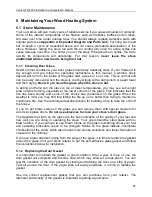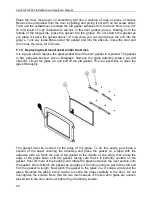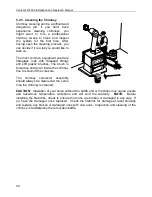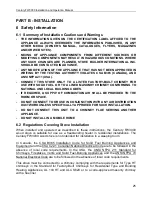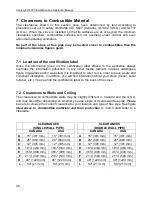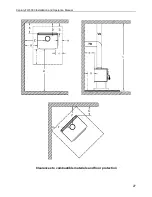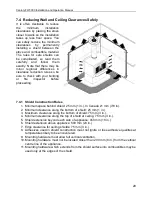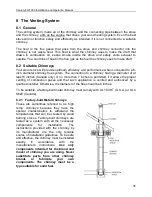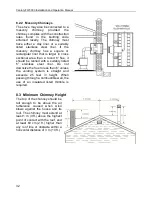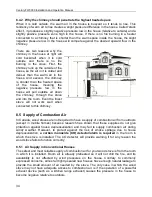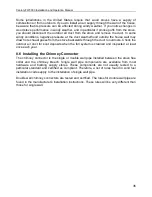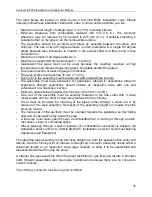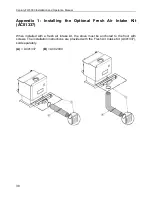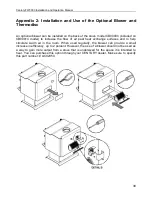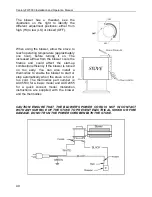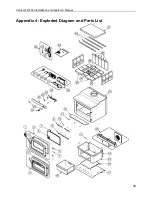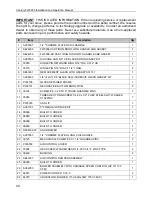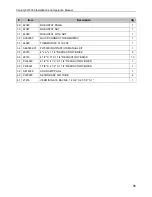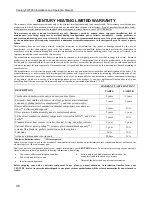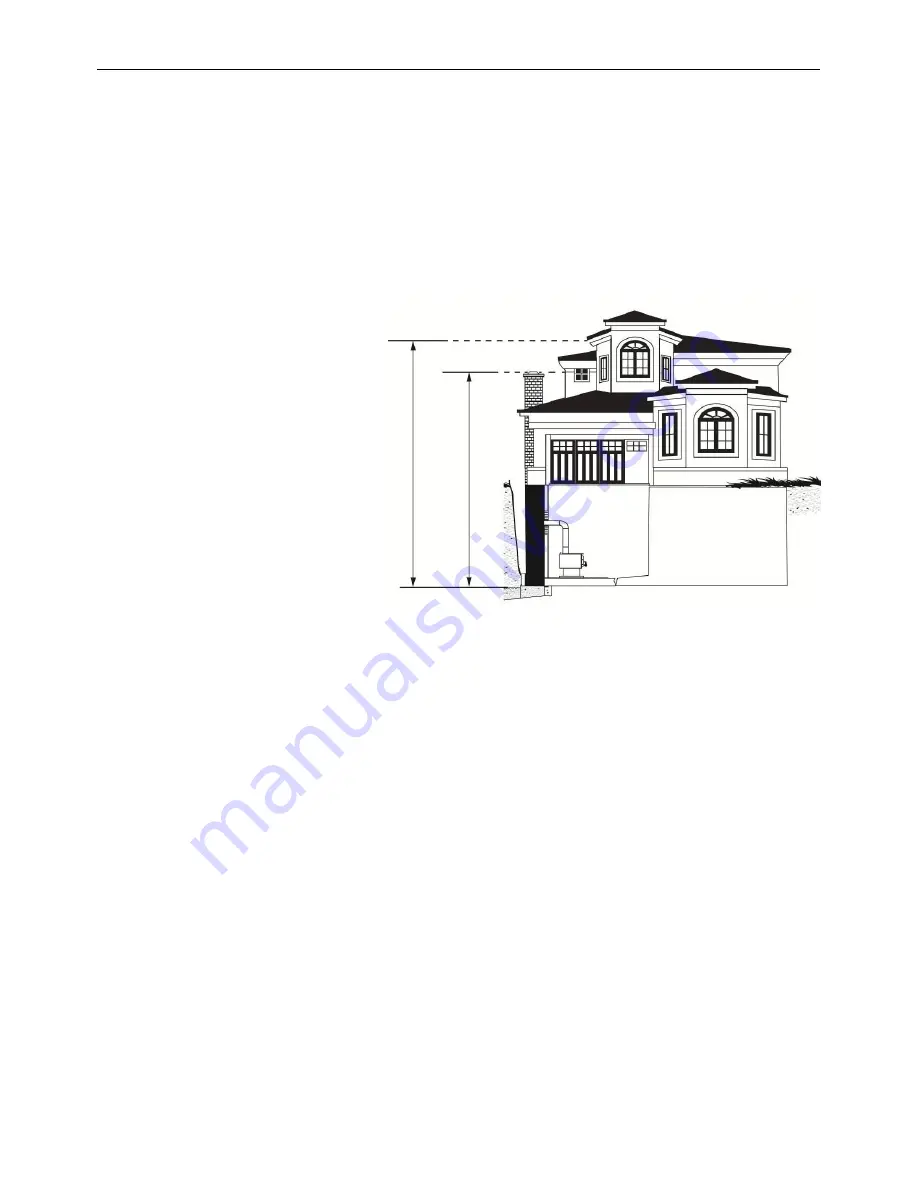
Century FW3000 Installation and Operation Manual
34
8.4.2 Why the chimney should penetrate the highest heated space
When it is cold outside, the warm air in the house is buoyant so it tends to rise. This
tendency of warm air to rise creates a slight pressure difference in the house. Calle
d ‘stack
effect’, it produces a slightly negative pressure low in the house (relative to outside) and a
slightly positive pressure zone high in the house. If there is no fire burning in a heater
connected to a chimney that is shorter than the warm space inside the house, the slight
negative pressure low in the house will compete against the desired upward flow in the
chimney.
There are two reasons why the
chimney in the house at right will
cold backdraft when it is cold
outside and there is no fire
burning in the stove. First, the
chimney runs up the outside of the
house, so the air in it is colder and
denser than the warm air in the
house. And second, the chimney
is shorter than the heated space
of
the
house,
meaning
the
negative pressure low in the
house will pull outside air down
the chimney, through the stove
and into the room. Even the finest
stove will not work well when
connected to this chimney.
8.5 Supply of Combustion Air
In Canada, wood stoves are not required to have a supply of combustion air from outdoors
(except in mobile homes) because research has shown that these supplies do not give
protection against house depressurization and may fail to supply combustion air during
windy weather. However, to protect against the risk of smoke spillage due to house
depressurization,
a carbon monoxide (CO) detector/alarm is required
in the room in
which the stove is installed. The CO detector will provide warning if for any reason the
wood stove fails to function correctly.
8.5.1 Air Supply in Conventional Houses
The safest and most reliable supply of combustion air for your wood stove is from the room
in which it is installed. Room air is already preheated so it will not chill the fire, and its
availability is not affected by wind pressures on the house. Contrary to commonly
expressed concerns, almost all tightly-sealed new houses have enough natural leakage to
provide the small amount of air needed by the stove. The only case in which the wood
stove may not have adequate access to combustion air is if the operation of a powerful
exhaust device (such as a kitchen range exhaust) causes the pressure in the house to
become negative relative to outdoors.


